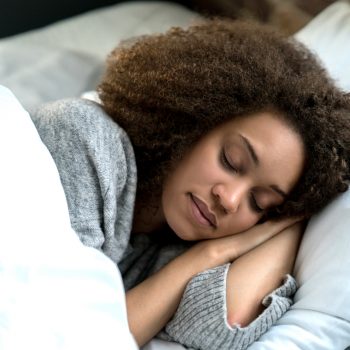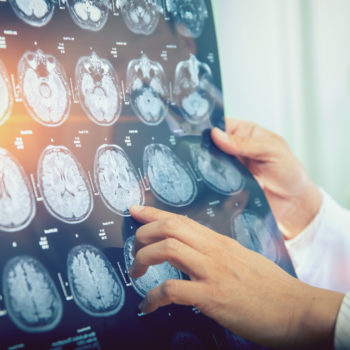The association between headaches and dizziness is a well-known relation. A form of headache in which pain is linked to this spatial sensitivity disorder is vestibular migraine. What are the symptoms that may raise the suspicion of the presence of this type of migraine? We discuss the topic with Dr. Vincenzo Tullo, neurologist and head of the Humanitas Outpatient Migraine Clinic.
Pain and dizziness
Among the first causes of dizziness, a disorder in which one has the feeling of the body moving in relation to the environment or vice versa, is the vestibular migraine. In most cases, dizziness occurs independently of headaches.
Dizziness can also occur in other forms of headaches: “Tension headaches, especially if associated with cerviconucal muscular contractures, and chronic headache, especially in the presence of sleep disorders and drug abuse,” adds Dr. Tullo.
The association of headache and dizziness – he continues – can also occur in case of cerebral vascular diseases (desecration of the vertebral artery, ischemia or hemorrhage in the cranial fossa posterior), endocranial hypertension, neoplasms, cerebral or systemic infections, cranio-cervical trauma, malformation of Arnold Chiari, and homeostasis disorders.
Some criteria defined by the International Headache Society are taken into account when diagnosing vestibular migraines. First of all, the patient should report at least five seizures characterized by so-called vestibular symptoms of moderate or severe intensity, lasting from five minutes to seventy-two hours. The vestibular symptoms are different: from internal dizziness, when the subject feels a movement of the body in relation to the environment, to external dizziness, when instead one thinks that it is the environment that moves in relation to themselves.
And, again, the positional vertigo, induced by a change of position of the head, is a vertigo triggered by visual stimuli or induced by the movements of the head. Dizziness symptoms always induced by movement of the head may also be accompanied by symptoms of nausea.
In addition, at least half of these episodes must be associated with at least one of the typical features of migraine: pulsing pain, unilateral pain, a headache aggravated by simple physical movement as well as walking alone, photophobia or phonophobia (i.e. intolerance to sound and visual stimuli), visual aura, i.e. the detection of glittering lights and zigzags in the visual field that can interfere with reading.
Not all patients are the same
The diagnosis of vestibular migraine can also be established by excluding other vestibular disorders and taking into account the association with migraine, with or without aura. The patient may even have suffered some in the past.
Each case presents a picture of particular symptoms, with regard to the duration of episodes. About three out of ten patients face episodes that last only a few minutes; for three out of ten patients the duration reaches a few hours; the remaining 30% is affected by episodes that last for days. Finally, 10% face recurring episodes from a few seconds that are associated above all with dizziness induced by head movements or visual stimulations. It is not necessarily true that all symptoms are manifested in a single episode; however, it is sufficient to experience even one symptom. However, episodes can also be intense and severe, thus preventing daily activities.
For vestibular migraine it is possible to use pharmacological treatment: “Betaistin, levosulpiride, dihydroergotamine, cinnarizine, cylindrinate, and cortisone. However, these should only be used after a specific medical consultation,” the specialist explains.
It is important to remember the lifestyle: “The dietary-nutritional approach and regularity of sleep can help reduce the frequency and intensity of vestibular migraine seizures. A healthy diet must include an adequate quantity of cereals, fruit, vegetables, legumes and fish as well as proper hydration”, concludes Dr. Tullo.










